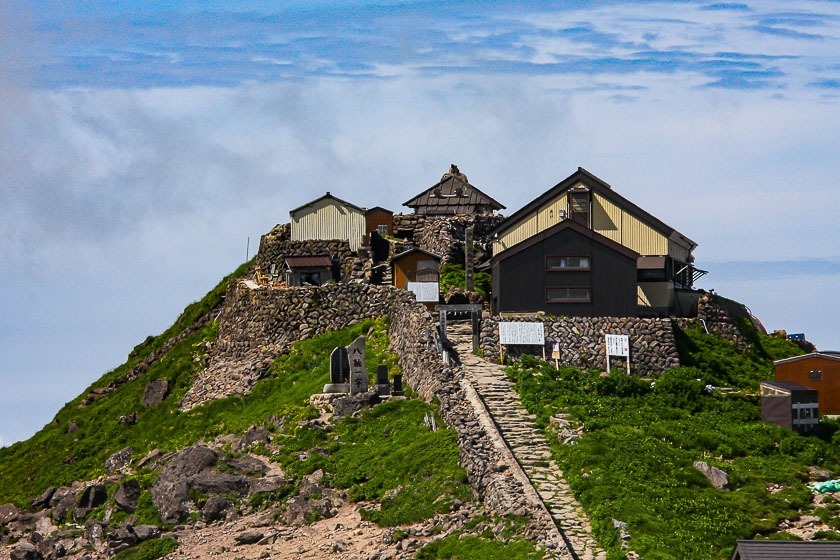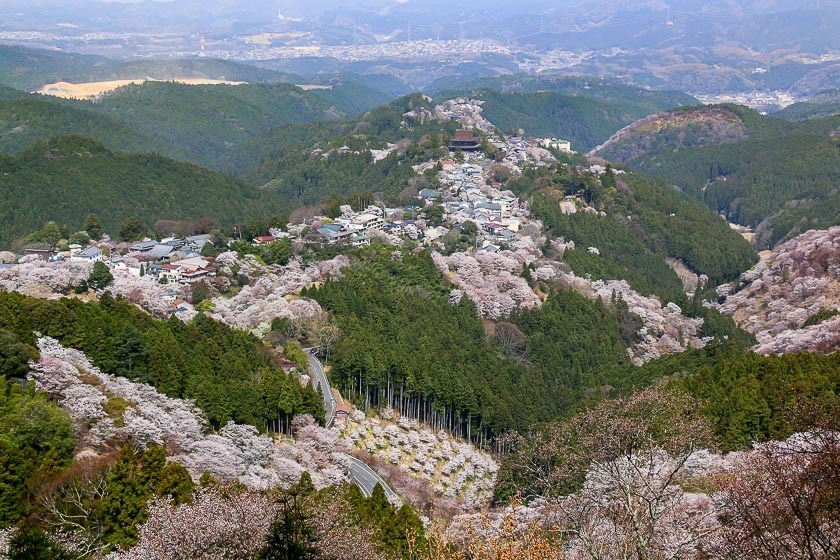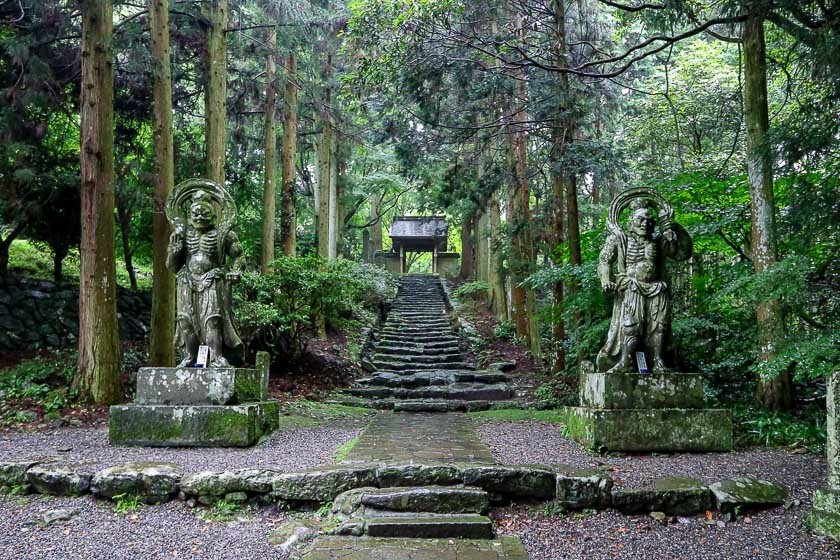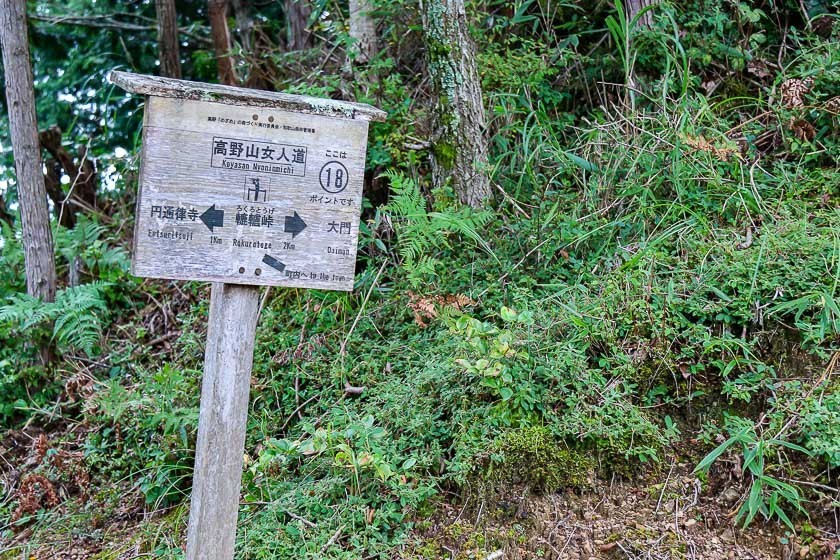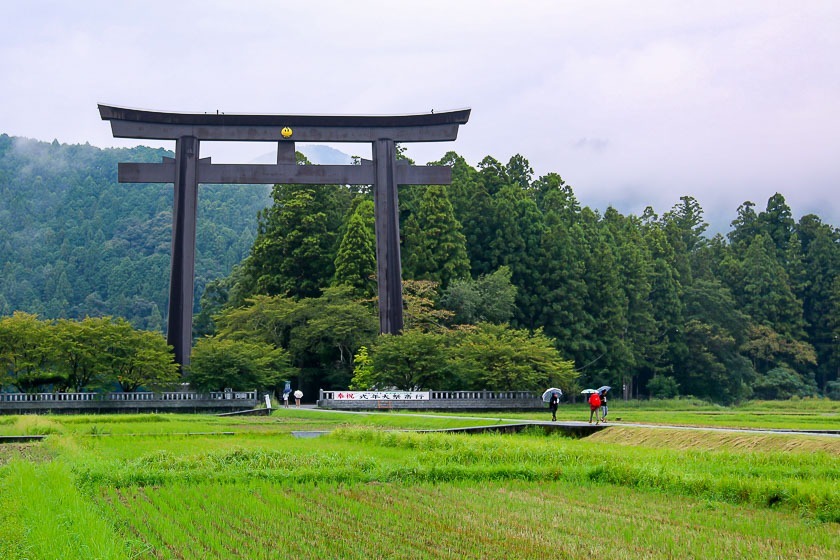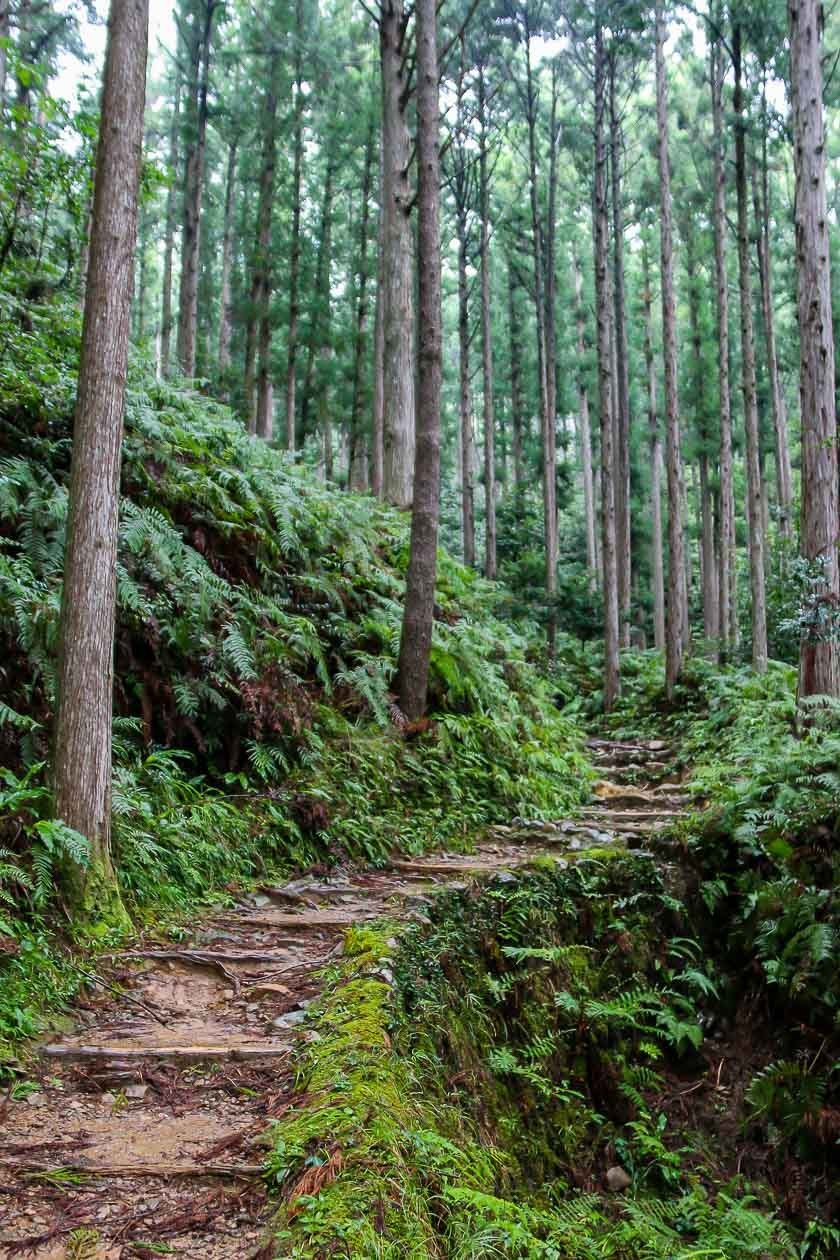Worshipping mountains

Shugendo is an ascetic mountain worship religion, and En no Gyoja is widely considered to be its founder. It is based on the belief that mountains were where the gods resided, resulting in the deification of some mountains. Believers or pilgrims scale the craggy, steep slopes of mountains, and the often precarious and intense hike typically acts as a means of spiritual cleansing as well as to commune with the gods of the mountain.
The rituals and philosophies of Shinto and Buddhist are immensely intertwined in Shugendo. When the government separated the two religions in the Meiji Period (1868-1912) in efforts to foster a national identity, Shugendo was outlawed because it was considered too much of a mix between the two religions. As a result, some Shugendo centers became Buddhist temples, while others became Shinto shrines.
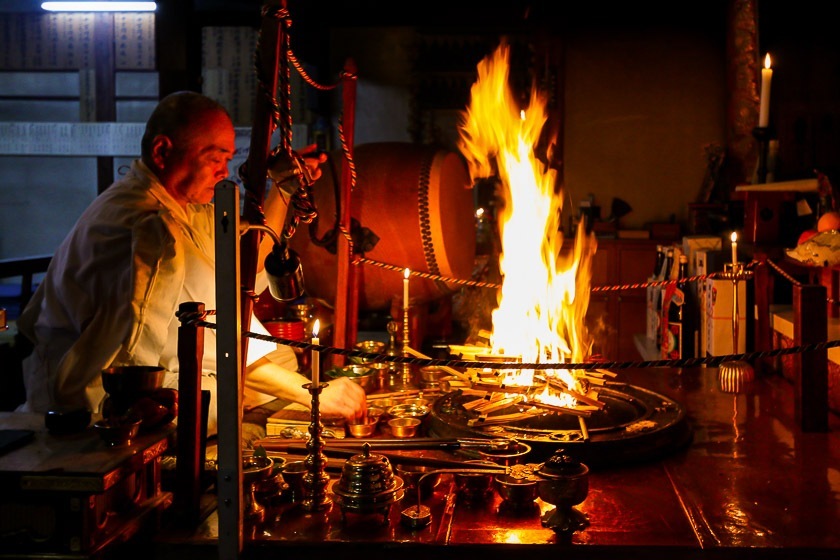
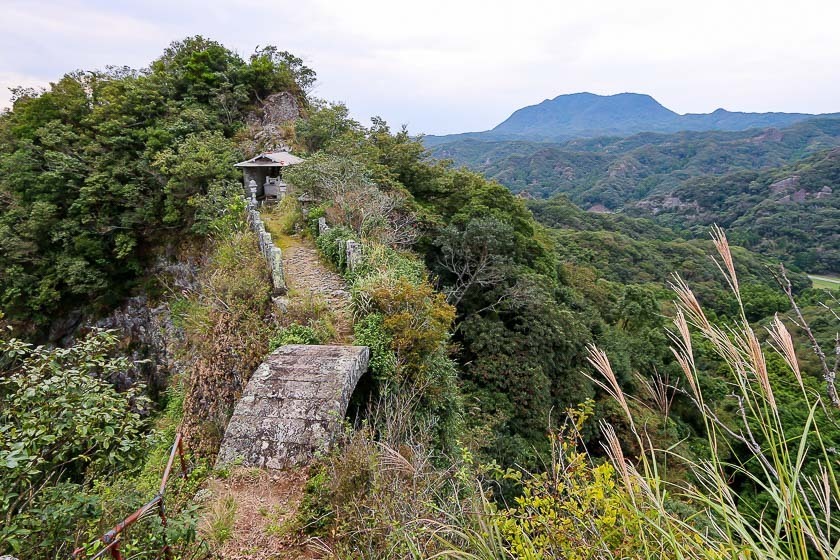
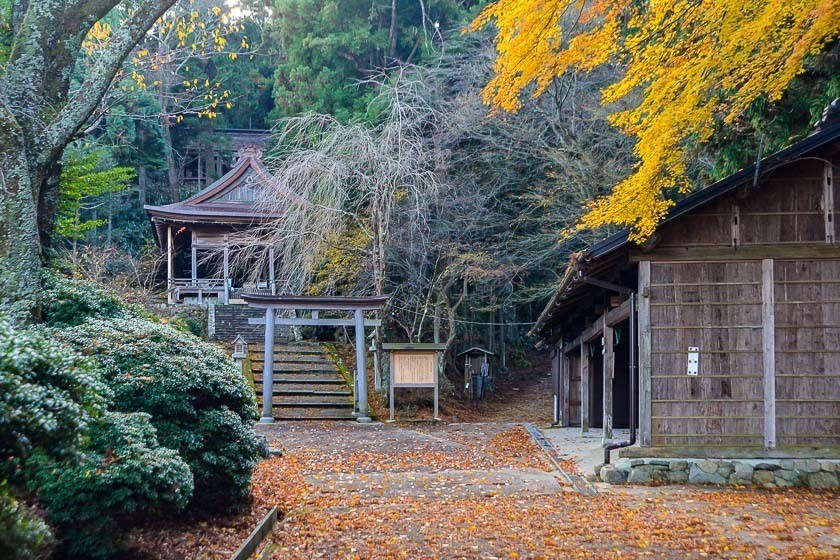
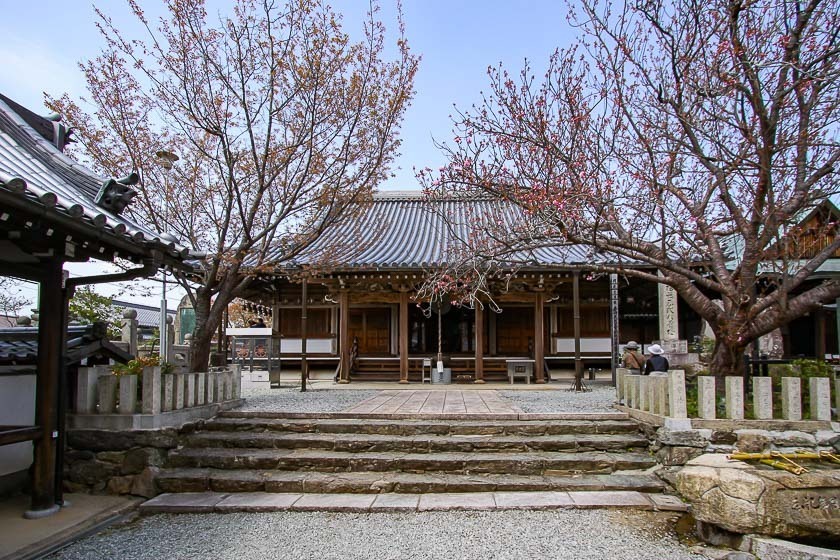

Shugendo practitioners who climb mountains are referred to as yamabushi. Unlike hikers who climb mountains with hiking gear and sturdy footwear, these believers are usually dressed in white embellished robes, wear straw sandals and typically carry a staff.
Depending on region, the role of a yamabushi is not only for personal spirituality, but also for the community. Prayers for the protection and livelihood of those living in the vicinity are also offered to the gods.


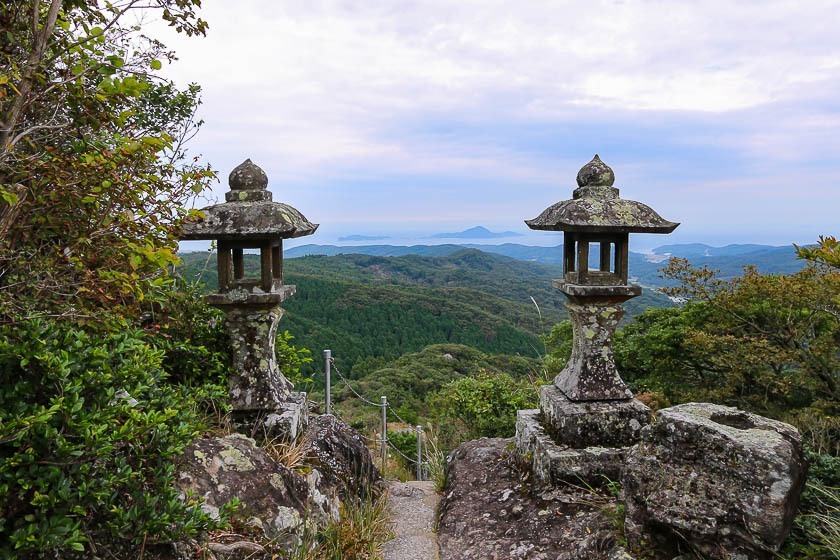
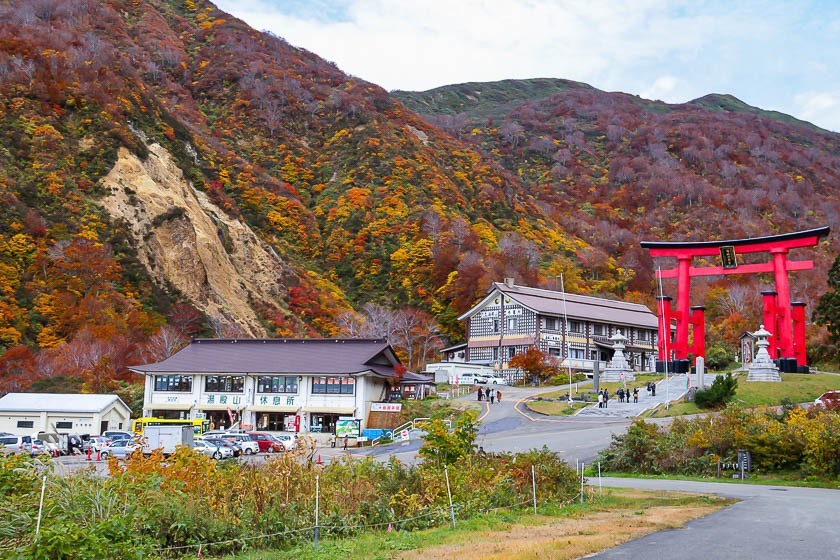
There are a number of holy mountains in Japan, of which Mount Fuji, Mount Tateyama and Mount Hakusan are typically listed as the three most sacred. But, perhaps one of the most influential and important places in Shugendo is Mount Omine, deep in the heart of Nara Prefecture. The mountain, alongside the three other sacred sites of Yoshino, Kumano and Koyasan, was designated a UNESCO World Heritage in 2004. Many of these sacred mountains historically forbade women and instead provided an alternative women's route, but Mount Omine holds the distinction of continuing that tradition while the rest have abolished that.
Notable regions where the spirit of Shugendo still runs strong include Deza Sanzan in Yamagata and the Kunisaki Peninsula in Oita, where the unique Rokugo Manzan culture developed and prospered. Mount Takao and Mount Mitake are two shugendo centers in Tokyo.
